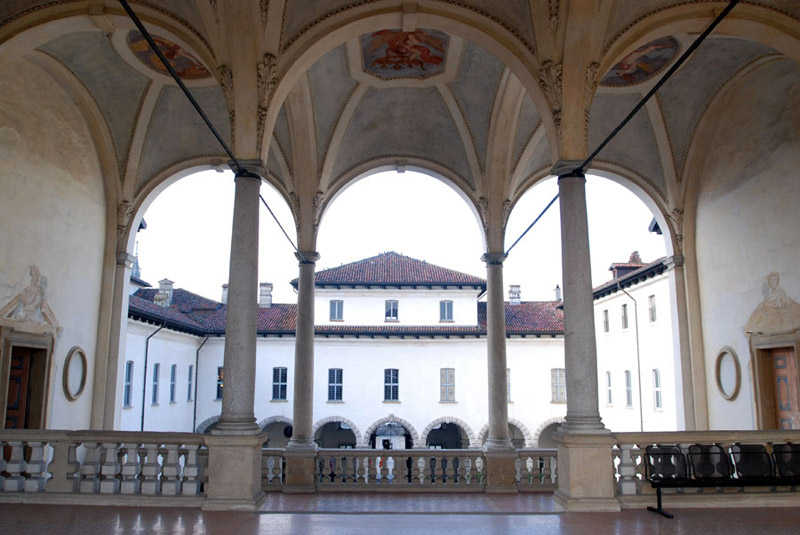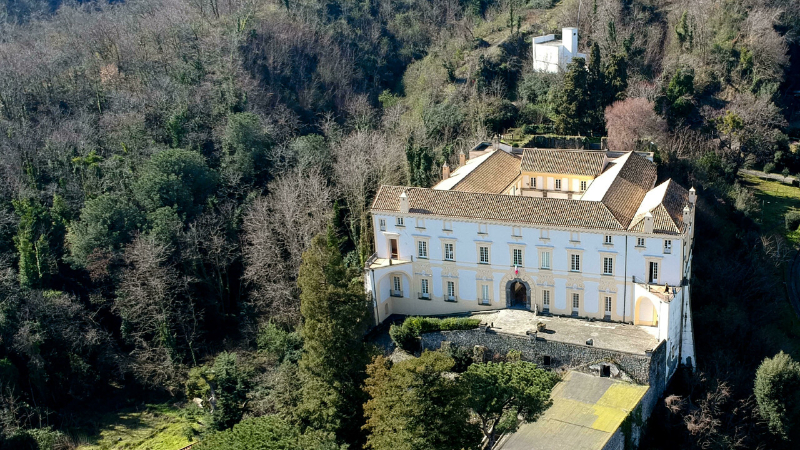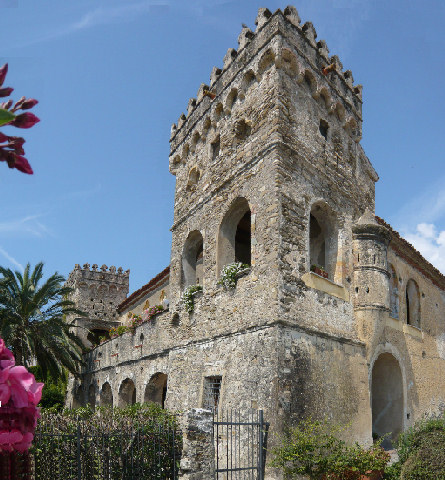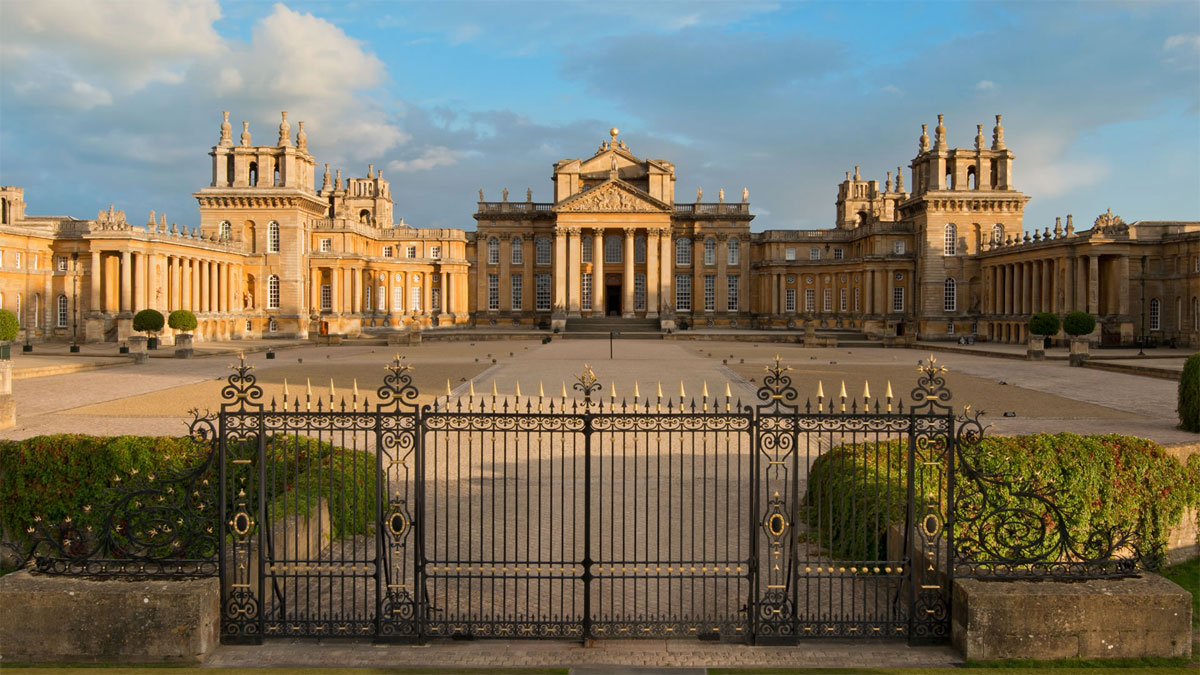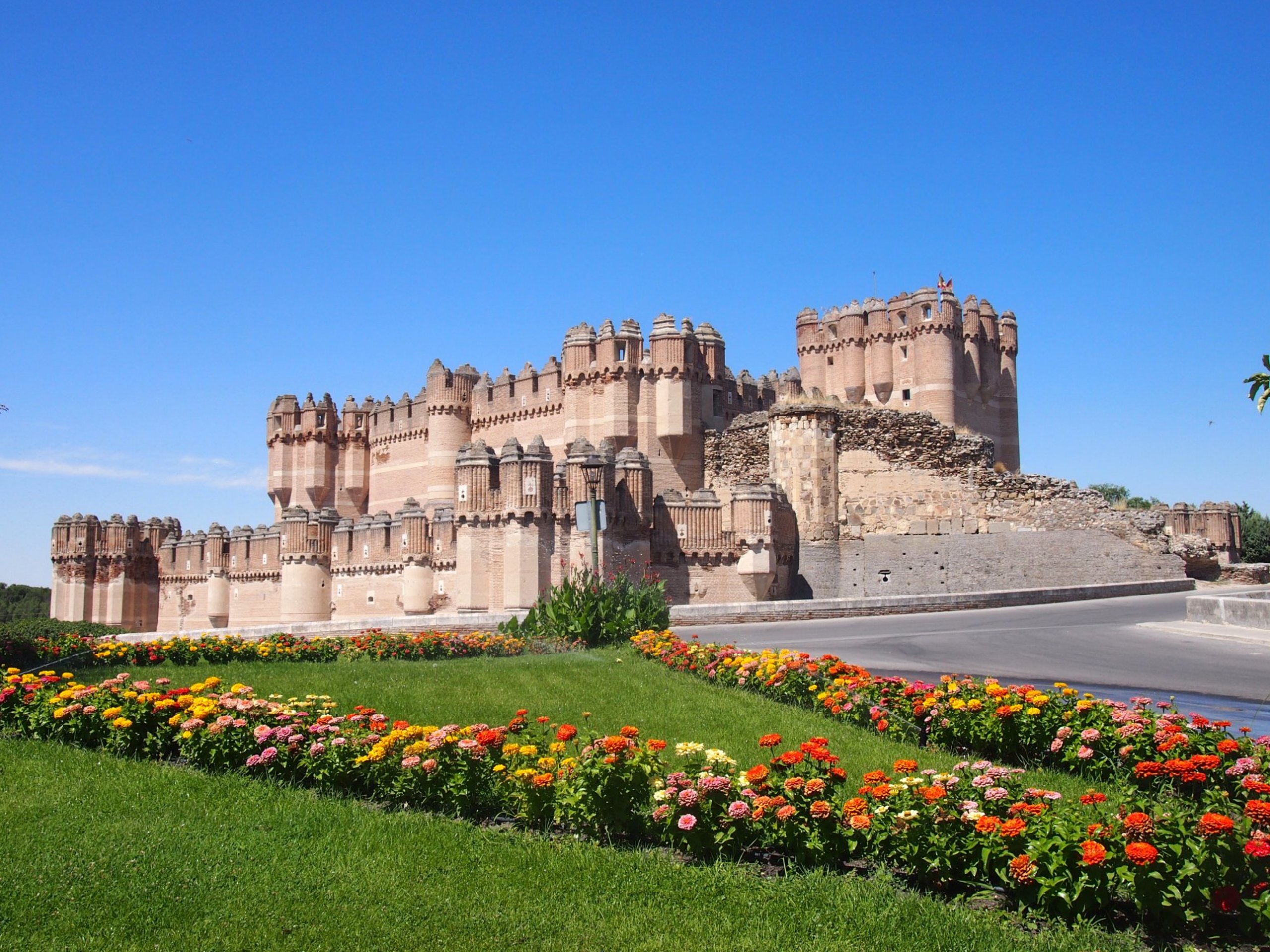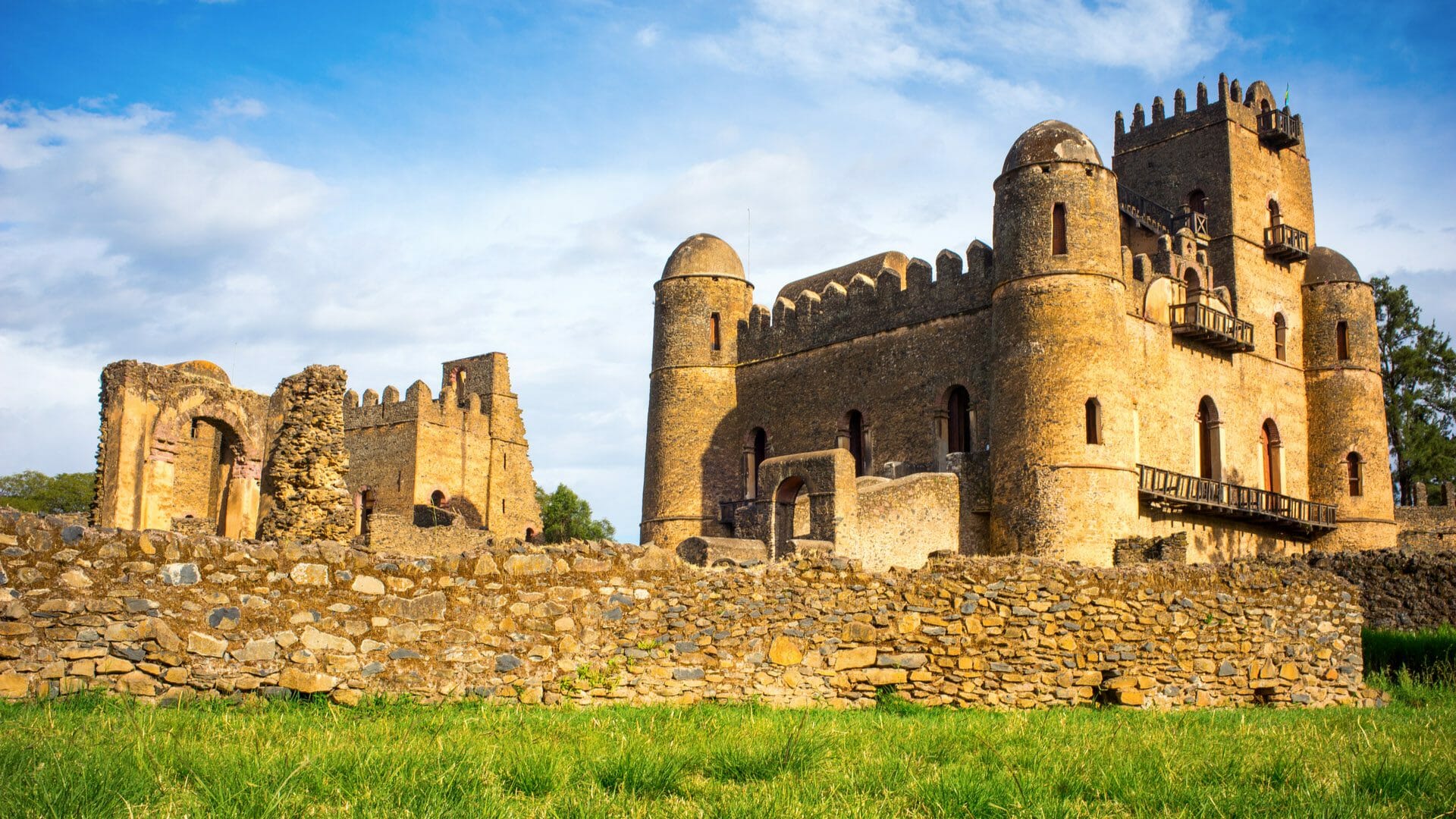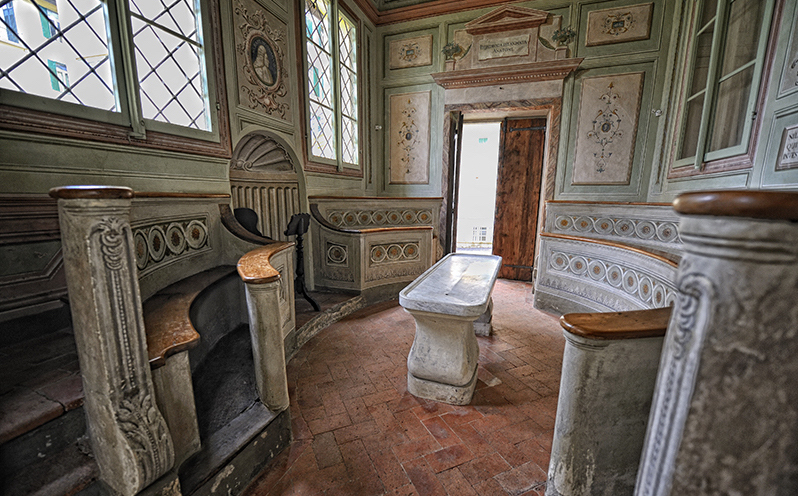Palazzo Arese Borromeo in Cesano Maderno was built in the 17th century by Bartolomeo III Arese, a key figure in Lombard politics under Spanish rule and a man of great culture. The Palace has preserved almost entirely its original aspects: the building has a longitudinal plan, connected to the urban system by an exedra square, and it is centered on the court of honor, characterized by a covered loggia on the second floor.
The imposing external structure of the building does not in any way reveal the richness of the interior, subject to the complex iconographic program established by Bartholomew III. Its rooms are decorated with frescoes by the most sought-after artists of the Milanese school and represent one of the highest expressions of the Lombard culture of 1600. We remember Ercole Procaccini il Giovane, the Montalto, Giovanni Ghisolfi, Giuseppe Nuvolone, Federico Bianchi, Antonio Busca.
The palace is developed longitudinally and is divided into three main blocks, of which the central one, larger than the other two, consists of the courtyard of honor in a quadrilateral shape that has a compact structure and closed by four buildings. On the two sides of the courtyard the areas of the rustic buildings develop symmetrically: the left area, that is the one situated in the North wing of the complex, is constituted by a series of small courtyards, while the right one, situated in the South, is characterized by a single courtyard, called "courtyard of the stables". The palace extends on its left side, in the North-West wing, with a body hosting the private oratory of the family and with another series of rustic bodies surrounding the East side of the park.
